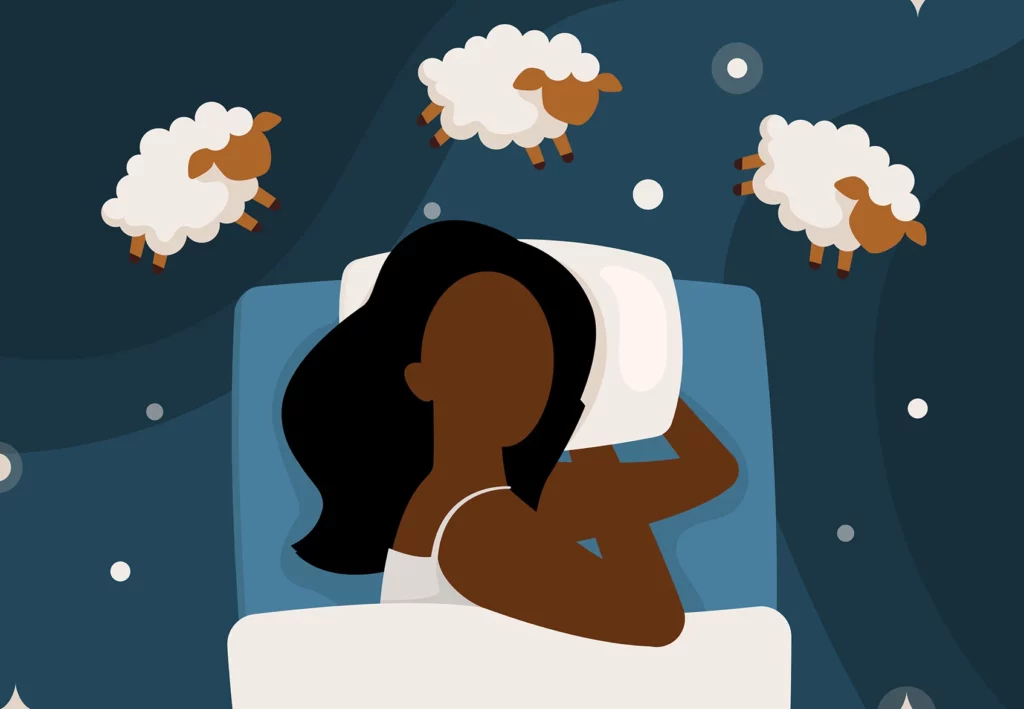
The Importance Of A Proper Sleep Routine
The Importance of a Proper Sleep Routine
In today’s fast-paced world, high school students often find themselves juggling a multitude of responsibilities, from demanding coursework and extracurricular activities to social engagements and family commitments. As a result, sleep is often sacrificed, with late nights and irregular sleep patterns becoming normal. However, the importance of a proper sleep routine cannot be overstated.
Quality sleep is fundamental to physical health, cognitive function, emotional well-being, and academic success. It is during sleep that the body and mind undergo essential processes to restore and refresh. Therefore establishing and maintaining a regular sleep schedule should be a top priority for high school students.
One of the key benefits of a consistent sleep routine is its role in regulating the body’s internal clock, known as the circadian rhythm. This biological clock dictates our sleep-wake cycles, and by going to bed and waking up at the same times each day, students can help sync their circadian rhythm. This synchronization makes it easier to fall asleep at night and wake up feeling refreshed in the morning. As a result, students experience better sleep quality, which enhances memory consolidation and cognitive function.
Proper sleep is also closely linked to emotional well-being. Sleep plays a key role in mood regulation, and a lack of sleep can lead to increased irritability, anxiety, and even depression. High school students often face significant stress from academic and social pressures. A consistent sleep routine can serve as a buffer against these stressors, promoting emotional resilience and mental health.
In Addition, sleep is essential for physical health. It contributes to immune system function, tissue repair, and the maintenance of a healthy body weight. During sleep the body’s immune system is hard at work, defending against pathogens and promoting overall well-being. Adequate sleep reduces inflammation and supports a robust immune response, helping students stay healthy and fight off illnesses.
In an age where digital devices and online activities can easily encroach on sleep time, cultivating healthy sleep habits is essential. High School students can benefit from adopting a consistent sleeper routine that prioritizes their physical, cognitive, and emotional health. A proper sleep routine equips students with the energy and mental clarity to develop in their academic pursuits, engage in extracurricular activities, and maintain a positive outlook on life.
To establish a proper sleep routine, students should consider the following tips:
Consistent Bedtime: Go to bed and wake up at the same time every day, even on weekends. This helps regulate the circadian rhythm
Create a Comfortable sleep environment: Ensure your bedroom is conducive to sleep by keeping it dark, quiet, and at a comfortable temperature.
Limit Screen Time: The blue light emitted by screens can interfere with sleep. Avoid screen time at least an hour before sleeping.
Avoid Caffeine and Heavy meals: Both caffeine and heavy meals close to bedtime can disrupt sleep. Opt for a light, healthy snack, if needed.
Get regular exercise: Physical activity promotes better sleep. Aim for at least 30 minutes of exercise most days, but avoid vigorous activity close to bedtime.
Manage Stress: High school can be stressful. Practice stress reduction techniques such as deep breathing, meditation, or yoga to relax before bedtime.
Naps: while short power naps can be refreshing, avoid long naps during the day, as they can interfere with nighttime sleep.
In conclusion, proper sleep routines are essential components of a healthy and successful high school experience. It offers numerous benefits, including improved cognitive function, emotional well-being, and physical health. By prioritizing their sleep and following a consistent routine, high school students can ensure they have the energy and focus needed to excel academically and enjoy their teenage years to the fullest.

agreed, naps ruin my sleep schedule 😭